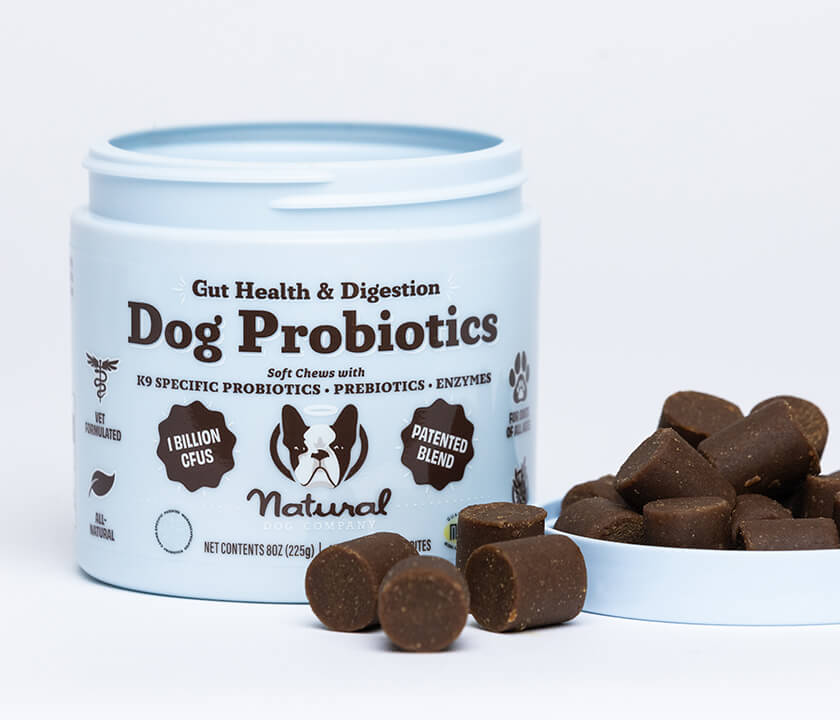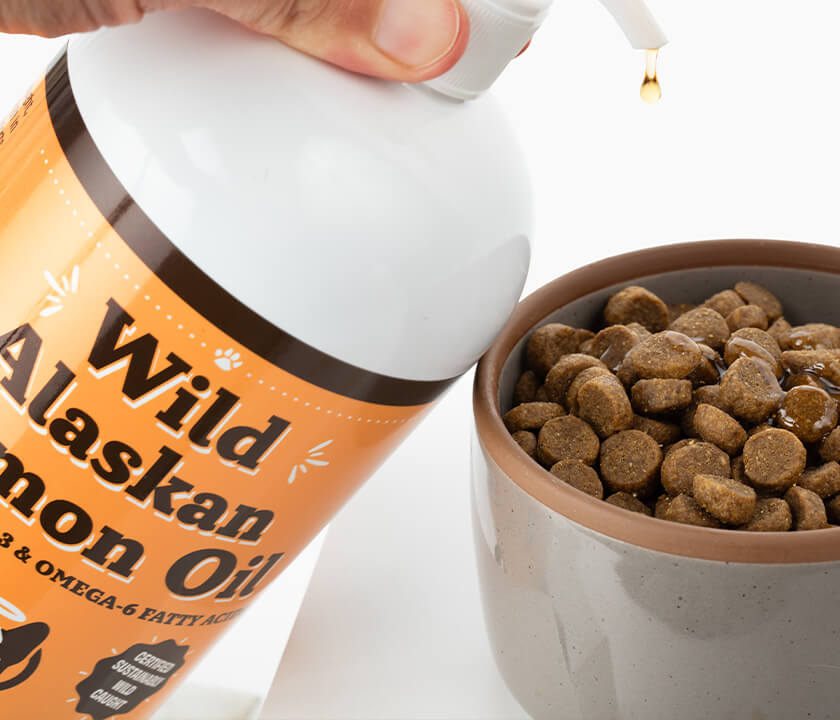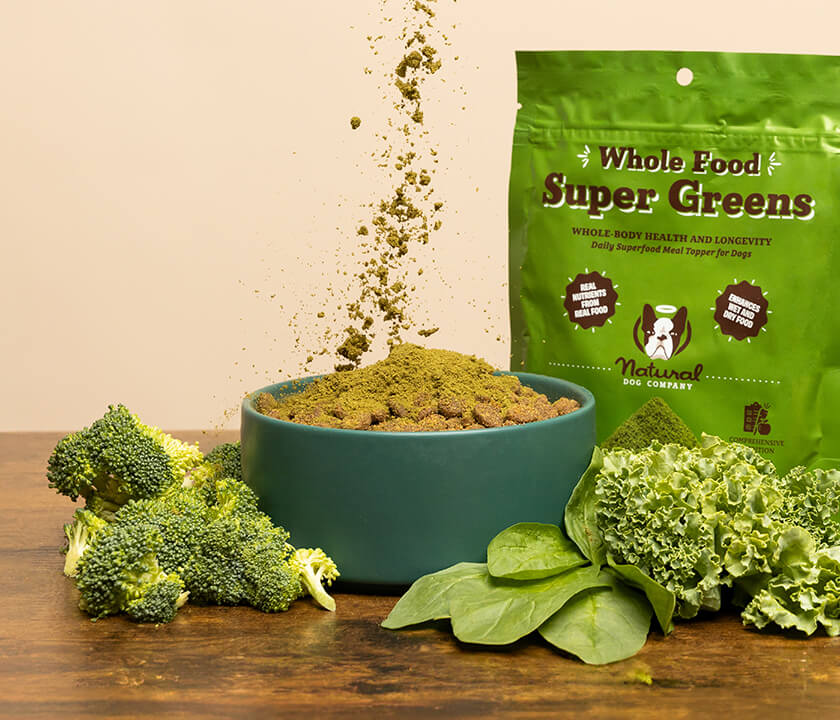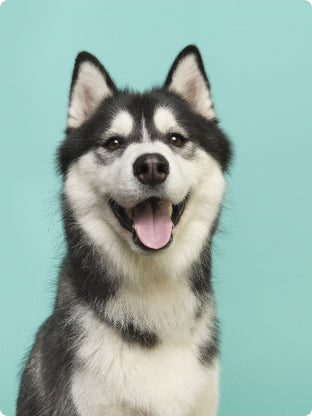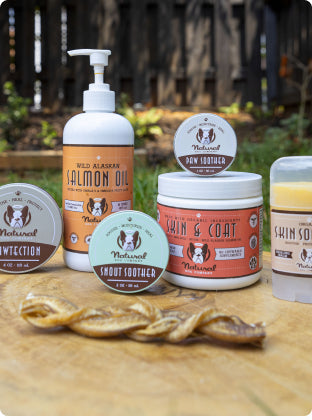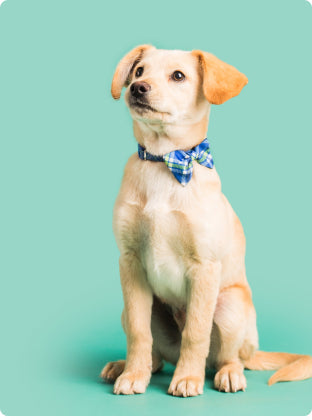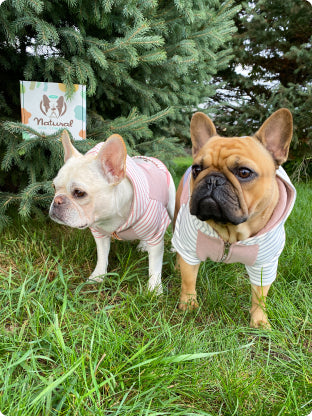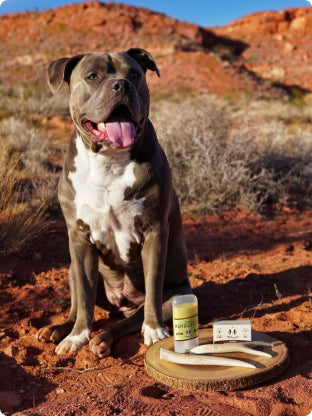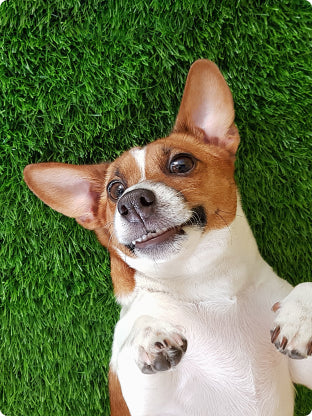We’ve written extensively about tail pocket infections and how to naturally clean tail pockets, but today we are going to explain how to tell if your dog has a tail pocket. After all, the first step to keeping tail pockets clean and free of infection is knowing that your dog has one. Dogs who appear to have no tail, a very small stub of a tail, or a corkscrew tail, may have a tail pocket hiding back there. English Bulldogs, American bulldogs, French bulldogs, and some pugs are the most common breeds with tail pockets. Yet, not all bulldogs have one so you’ll have to check for it.
What is a Tail Pocket?
 Bulldogs, pugs and other wrinkly dog breeds have sweet little folds from their nose to their paws. While facial wrinkles are incredibly noticeable, the tail pocket can be a more discreet wrinkle. In fact, many owners don’t realize their dog even has a tail pocket until it develops a stinky infection or the dog shows signs of irritation. This does not make you a bad dog owner—that little tail pocket is great at hiding out!
Bulldogs, pugs and other wrinkly dog breeds have sweet little folds from their nose to their paws. While facial wrinkles are incredibly noticeable, the tail pocket can be a more discreet wrinkle. In fact, many owners don’t realize their dog even has a tail pocket until it develops a stinky infection or the dog shows signs of irritation. This does not make you a bad dog owner—that little tail pocket is great at hiding out!
A tail pocket is a dimple or indentation located beneath (or on top of) your dog’s tail. This well-hidden wrinkle collects all kinds of dirt and debris as your dog goes about his day rolling in the dirt, climbing under dusty furniture (whose furniture is dusty?! Not mine!), and so forth. By overlooking this area, dirt and debris mix with moisture and next thing you know the tail pocket is irritated, inflamed, and infected. It can even develop a terrible smell, easily blamed on your dog’s nearby butthole—but it’s really the tail pocket to blame.
How to Find Your Dog’s Tail Pocket
Puppies may not develop a tail pocket until they reach 6 months or older, around the time they start to fill out. That’s why it’s important to re-check for a tail pocket after your dog is fully grown.
To find it, gently stick your finger beneath your dog’s little tail/stub and you’ll know right away if there’s a pocket for your fingers to fit inside. Most dogs find it rather ticklish and will get a little squirmy on you. If you rub your finger around in there you’ll notice some hair and other debris will come off. That means it’s time for a good cleaning! We recommend reading our blog about how to clean your dog’s tail pocket.
What’s That Brown Stuff?
Do you notice stinky brown stuff coming off your dog’s behind, perhaps even leaving stains on your furniture and floors? This may indicate a minor infection of the tail pocket so you want to act quickly to resolve the issue. There is a chance it is anal gland fluids, but you should know after you locate the tail pocket and put your fingers inside (oh the joys of being a dog parent!).
The first step is to clean out the tail pocket, but simply giving your dog a bath won’t do the trick. The tail pocket requires special attention, daily cleanings, and some type of soothing anti-bacterial balm or medicated wipes.
What About Surgery to Remove the Tail?
 In some cases, the tail pocket is so tight that no matter what owners do they can’t keep the tail pocket truly clean and free of infection. If this is the case, your vet may recommend surgery to remove the tail. I have heard some success stories from doing this, and it’s a rather common practice in the bulldog world. It won’t get you out of regularly cleaning your dog’s bum, but the persistent infections typically come to a halt without a deep and tight space for debris and bacteria to congregate.
In some cases, the tail pocket is so tight that no matter what owners do they can’t keep the tail pocket truly clean and free of infection. If this is the case, your vet may recommend surgery to remove the tail. I have heard some success stories from doing this, and it’s a rather common practice in the bulldog world. It won’t get you out of regularly cleaning your dog’s bum, but the persistent infections typically come to a halt without a deep and tight space for debris and bacteria to congregate.
Who doesn’t want to avoid surgery if they can? So, before putting your dog under the knife, give Wrinkle Balm a try….
Wrinkle Balm to the Rescue!
Wrinkle Balm is gentle, effective, and made from all natural ingredients with anti-fungal properties that work against bacteria, crusty buildup, and yeast. It is specially formulated for sensitive areas like your dog’s tail pocket. After you clean your dog’s tail pocket, apply a generous layer of the balm into the crevice to keep your pup feeling (and smelling) fresh and clean.
Did we mention Wrinkle Balm was voted a 2016 Fave Find by Modern Dog Magazine?
See what all the bark is about!
